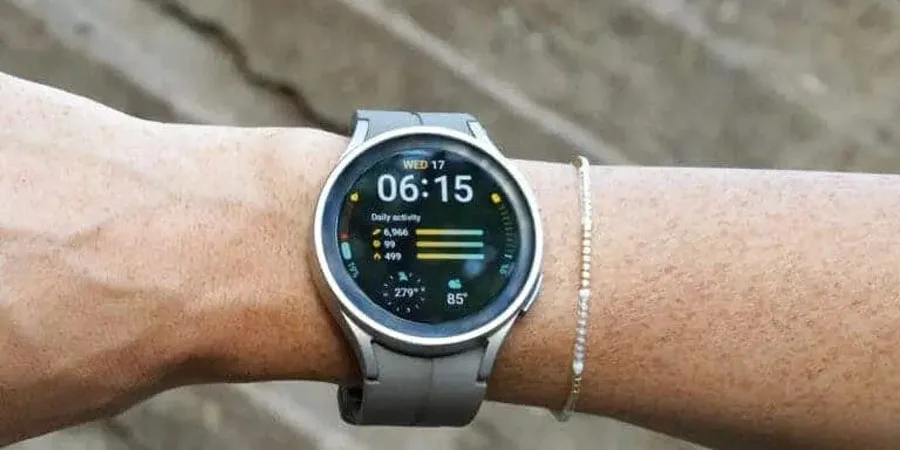In the dynamic world of broadcasting, equipment is the linchpin that holds operations together. As 2024 unfolds, the industry witnesses a surge in technological advancements, making it imperative for businesses to be equipped with the latest gear. From radio to television, the right tools not only ensure seamless transmission but also enhance the quality of content delivered. For those making purchasing decisions, understanding these tools becomes crucial. It’s not just about buying equipment; it’s about investing in reliability, efficiency, and the future of broadcasting. Whether it’s the intricacies of transmitters or the nuances of antennas, being informed is the first step towards making sound business choices.
Table of Contents:
1. Analyzing 2024’s broadcasting equipment trends
2. Core products in radio broadcasting
3. Essential equipment in TV broadcasting
4. Expert tips for selecting broadcasting gear
5. Conclusion
1. Analyzing 2024’s broadcasting equipment trends
The broadcasting sector is undergoing a transformative phase, with digital and internet-based broadcasting taking the forefront. This shift is evident from the data, as the global broadcasting equipment market was valued at approximately USD 4195.48 million in 2021. Furthermore, with the global broadcasting equipment market expected to reach USD 5838.85 million by 2028, growing at a CAGR of 4.83%, it’s evident that the industry is on an upward trajectory. This year, the broadcasting industry’s trajectory is clear – a move towards more advanced, efficient, and direct methods of content delivery. Such a market is not just numerical but also qualitative, with advancements ensuring higher-quality audio and video outputs.
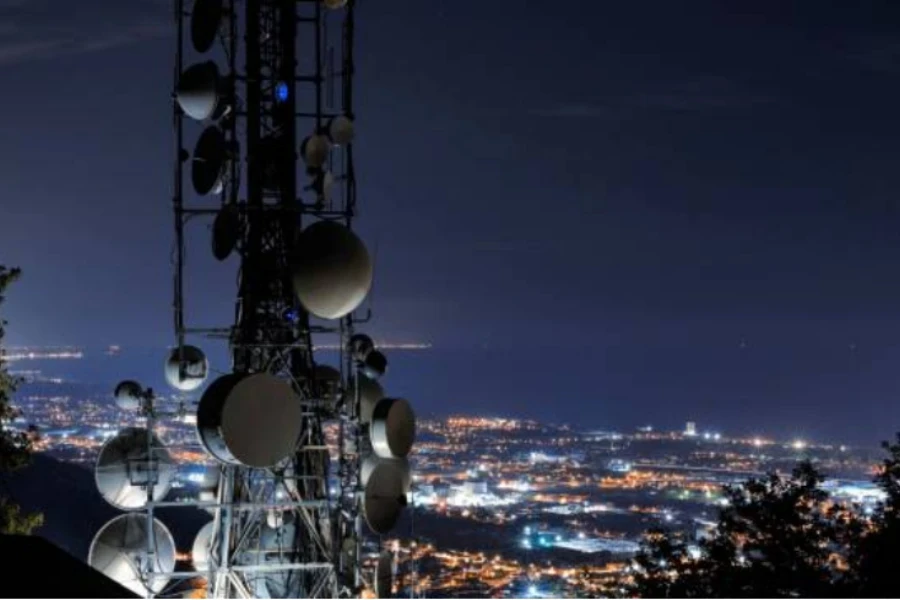
Shift towards digital and internet-based broadcasting
The transition from traditional broadcasting methods to digital platforms is accelerating. Digital broadcasting offers enhanced clarity, broader reach, and the ability to cater to niche audiences. The rise of internet-based broadcasting platforms, such as OTT services, further underscores this trend, allowing content creators to bypass traditional mediums and reach their audience directly.
The rise of single-frequency networks (SFN)
SFNs are becoming increasingly popular due to their ability to use multiple transmitters to broadcast the same signal. This not only ensures a wider coverage area but also reduces the frequency spectrum’s usage. With the broadcasting equipment market expanding, the adoption of SFNs is expected to rise, offering broadcasters a more efficient method of content dissemination.
Importance of redundancy configurations in broadcasting
Ensuring uninterrupted broadcasting is paramount. Redundancy configurations play a vital role in this, acting as a backup in case primary systems fail. As the broadcasting landscape becomes more complex and consumer expectations rise, the need for systems that guarantee continuous broadcasting, even in the face of technical glitches, becomes even more critical.
2. Core products in radio broadcasting
The radio broadcasting sector, while traditional, has seen significant technological advancements. The equipment used plays a pivotal role in ensuring the quality and reach of the broadcast. Let’s delve into some of the core products that are integral to radio broadcasting.

FM Broadcast Transmitters
FM Broadcast Transmitters are the heart of any radio station. They convert audio signals into radio frequency signals, allowing them to be received by radios everywhere. The power of these transmitters varies based on their application:
Low-power transmitters: Ideal for smaller areas like individual towns or cities, they cover a limited radius but are cost-effective.
Medium-power transmitters: These serve larger areas and are often used by provincial or city radio stations. They strike a balance between reach and cost.
High-power transmitters: Used by national radio stations, these transmitters have the maximum reach, covering vast regions and even entire countries.
AM Transmitters
While FM broadcasting is more prevalent, AM (Amplitude Modulation) broadcasting still holds significance, especially in areas with challenging terrains and longer distances. AM transmitters modulate the amplitude of the carrier wave to encode the audio information. They are known for their longer range, making them suitable for rural broadcasts and areas with less dense populations.
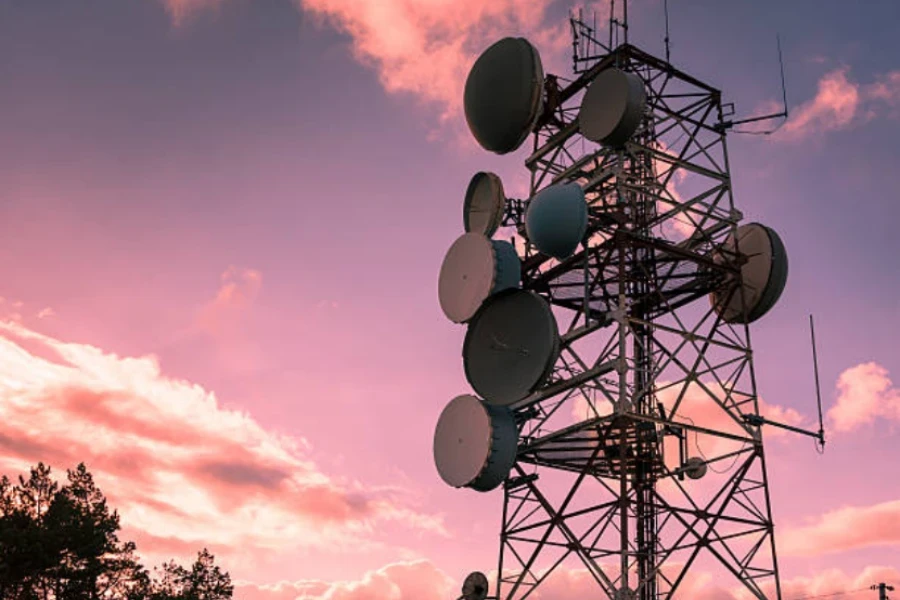
Broadcast antennas: Enhancing signal quality
Antennas are the unsung heroes of the broadcasting world. They receive the signals from the transmitter and radiate them into the atmosphere. The quality and type of antenna determine the strength and clarity of the broadcast. A well-placed and high-quality antenna can significantly enhance signal quality, ensuring that broadcasts are clear even in areas with potential interference.
3. Essential equipment in TV broadcasting
Television broadcasting, a medium that has been a staple for decades, continues to evolve with technological advancements. The equipment used in this domain is paramount to the quality of the broadcast and its reach. Let’s explore some of the essential tools that make television broadcasting possible.
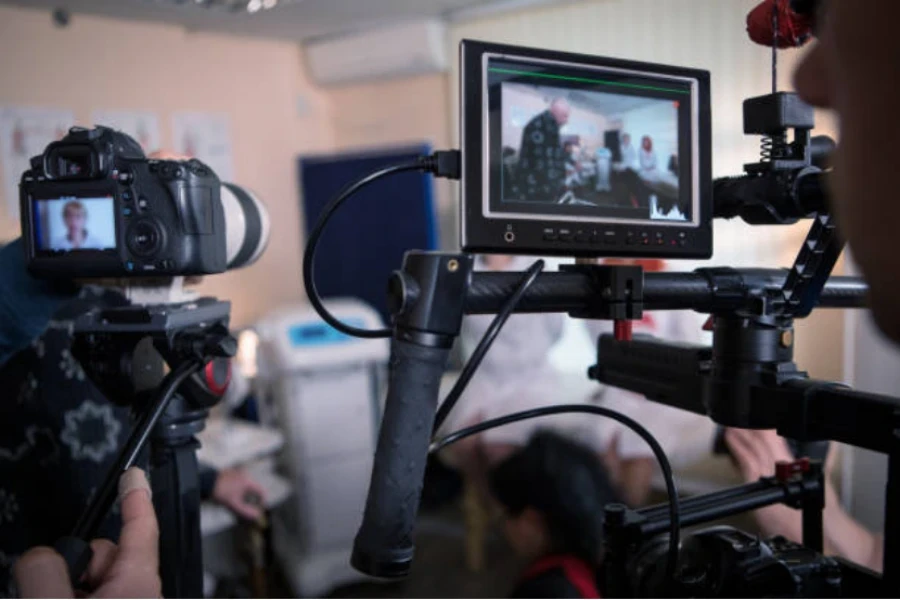
TV Transmitters
At the core of television broadcasting lies the TV transmitter. This device converts video and audio signals into a form suitable for broadcasting over the airwaves. Over the years, various modulation techniques have been developed to improve the quality and efficiency of these transmissions. For instance:
Analog modulation: The traditional method, where the strength or frequency of the carrier wave is varied to represent the broadcast signal. Though less common now, it paved the way for modern techniques.
Digital modulation: A more recent development, it represents the broadcast signal as a series of ones and zeros, ensuring clearer and more efficient broadcasts.
Frequency considerations for TV transmission
Frequency plays a pivotal role in TV broadcasting. Different regions allocate specific frequency bands for television to avoid interference and ensure clear broadcasts. Selecting the right frequency is crucial, as it determines the reach and clarity of the broadcast. Moreover, with the digital switchover, there’s been a shift in frequency allocations, making it imperative for broadcasters to stay updated.
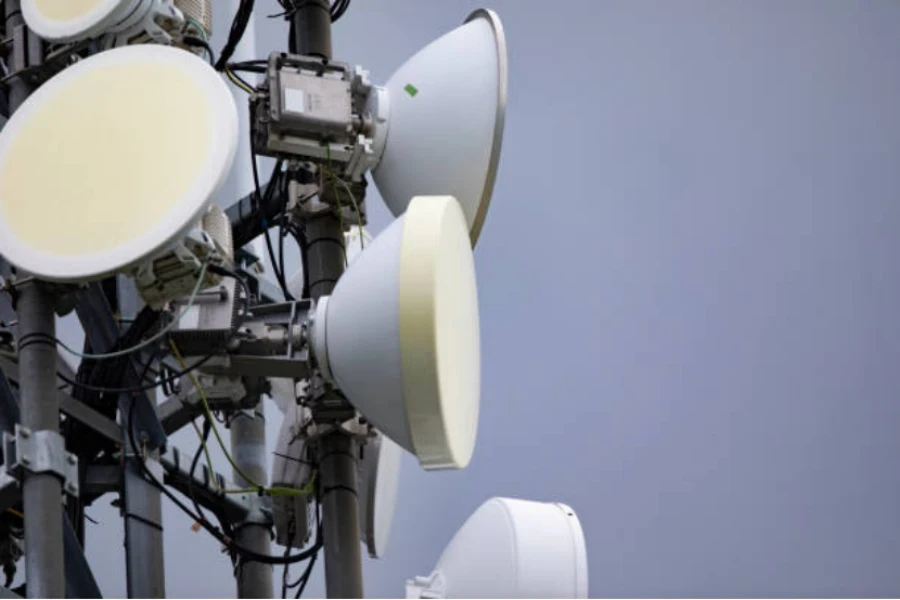
TV broadcast antennas
Much like their radio counterparts, TV broadcast antennas are integral to the broadcasting process. They radiate the signals from the transmitter, ensuring they reach the intended audience. With the advent of high-definition and ultra-high-definition broadcasts, the role of antennas has become even more crucial. A well-optimized antenna setup can make the difference between a clear, high-quality broadcast and a pixelated, interrupted one.
4. Expert tips for selecting broadcasting gear
Coverage area and signal strength
The broadcasting industry has witnessed significant advancements in recent years. One of the primary considerations when selecting broadcasting equipment is the coverage area and signal strength. Broadcasting is the sharing of audio and video content to a vast audience through electronic mass media. While traditionally associated with radio and television, broadcasting now encompasses a range of devices, including public broadcasting, commercial broadcasting, television, closed-circuit television, amateur radio, and amateur television. These devices, integral to electronic mass media, are termed broadcasting devices. As the industry evolves, the importance of selecting equipment that ensures optimal coverage and robust signal strength cannot be overstated.
Compatibility and integration in broadcasting systems
Another crucial aspect to consider is the compatibility and integration of broadcasting systems. The broadcasting equipment market is vast, with numerous players offering a variety of products. Key players in the market include Sencore, ETL Systems Ltd., EVS Broadcast Equipment, and Eletec Broadcast Telecom S.A.R.L, among others. Each of these companies has its product portfolio, and ensuring that the selected equipment integrates seamlessly with existing systems is paramount. Moreover, as the broadcasting landscape becomes more complex, the need for systems that can easily integrate with newer technologies and platforms becomes even more critical.
Auxiliary equipment
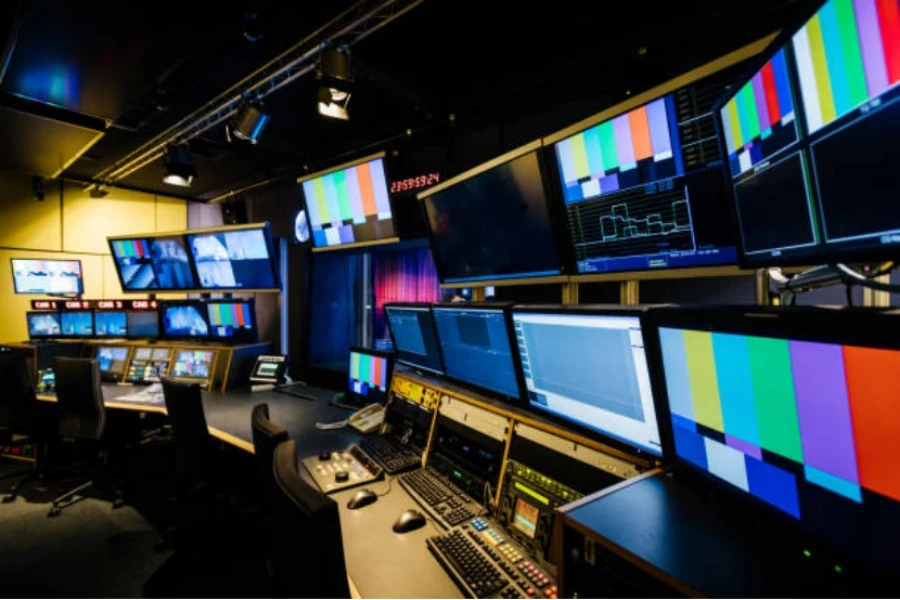
As the broadcasting landscape becomes more sophisticated, the role of auxiliary tools grows in importance, ensuring that the end product delivered to audiences is of the highest caliber, both in terms of audio and visual quality. Auxiliary equipment in radio and TV broadcasting refers to the supplementary tools and devices that support the primary broadcasting machinery, ensuring seamless content creation and transmission. This category encompasses a diverse range of equipment. For radio, it includes mixers that balance audio inputs, microphones of various types tailored to specific recording needs, and headphones for monitoring. In TV broadcasting, cameras capture visual content, while encoders convert raw footage into digital formats suitable for transmission. Signal processors refine the broadcast quality, and switchers help in transitioning between different video sources during live broadcasts. Additionally, recording devices store content for later broadcasts or archival purposes.
Regulatory standards and compliance
Regulatory standards and compliance play a pivotal role in the broadcasting industry. Different regions have their specific regulations governing broadcasting, and it’s essential to ensure that the selected equipment adheres to these standards. Non-compliance can lead to legal complications and can hamper the broadcasting process. This underscores the importance of adhering to regulatory standards to ensure smooth operations and avoid potential pitfalls.
5. Conclusion
The broadcasting industry’s rapid evolution underscores the significance of making informed decisions when selecting equipment. With a plethora of options available, it’s paramount for businesses to prioritize equipment that ensures optimal performance, integrates seamlessly with existing systems, and adheres to regulatory standards. As the landscape of broadcasting continues to shift, driven by technological advancements and market dynamics, the onus is on industry professionals to stay abreast of these changes. Making the right equipment choices not only enhances broadcasting quality but also positions businesses for sustained success in a competitive market.


